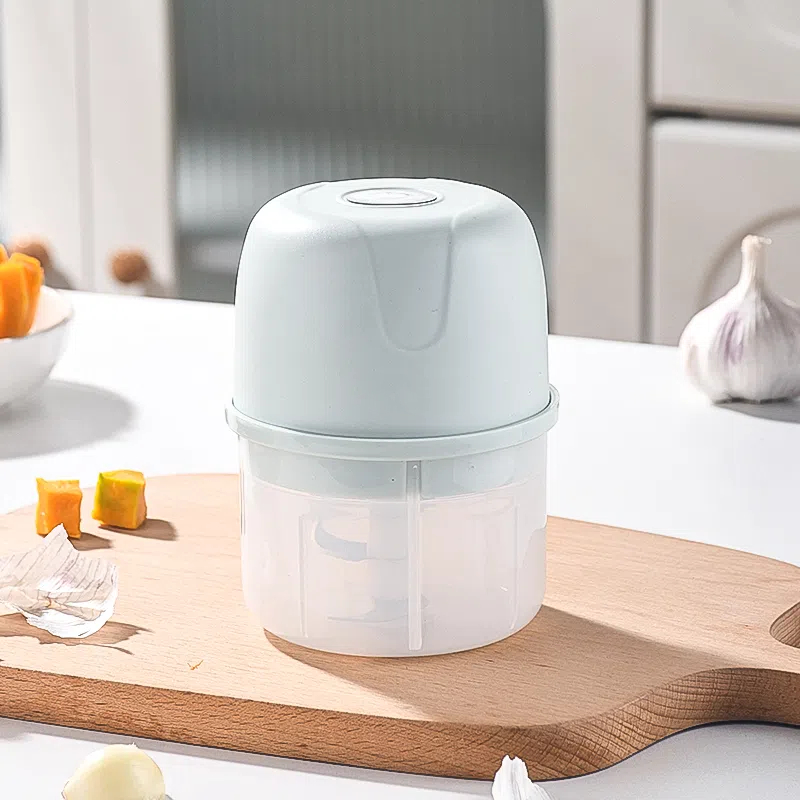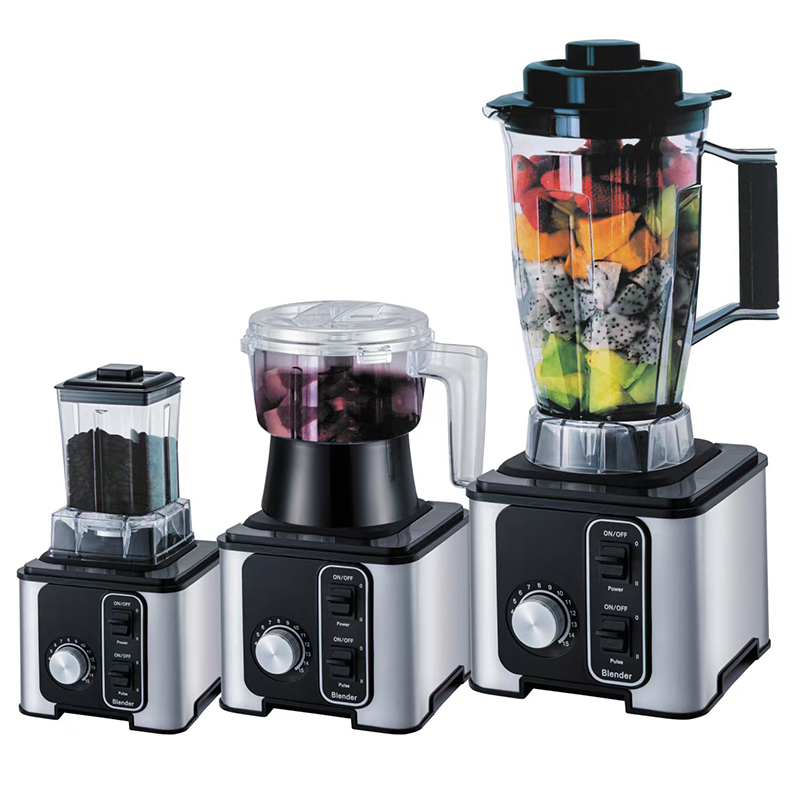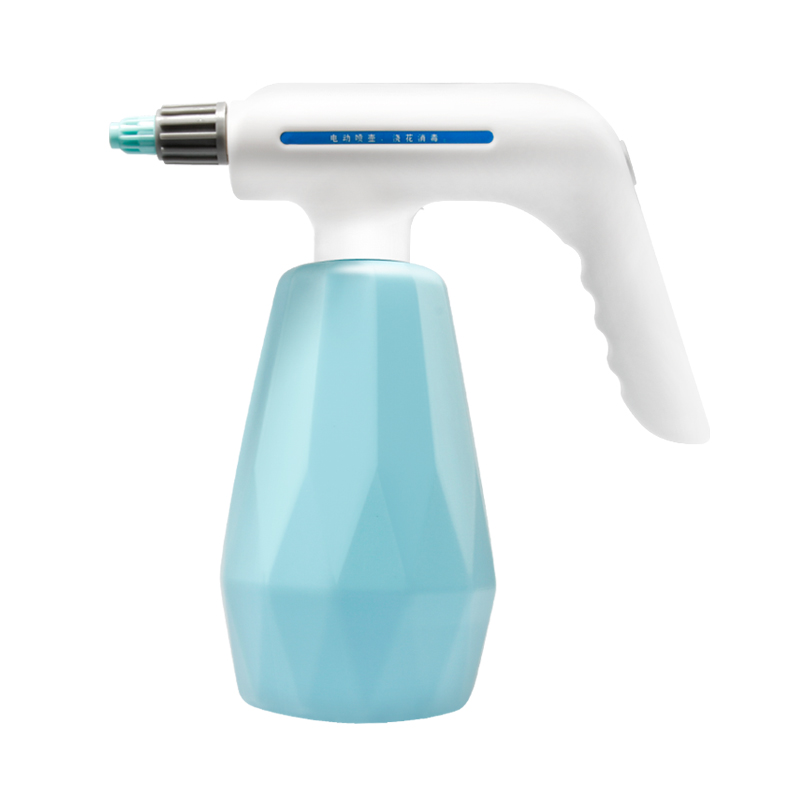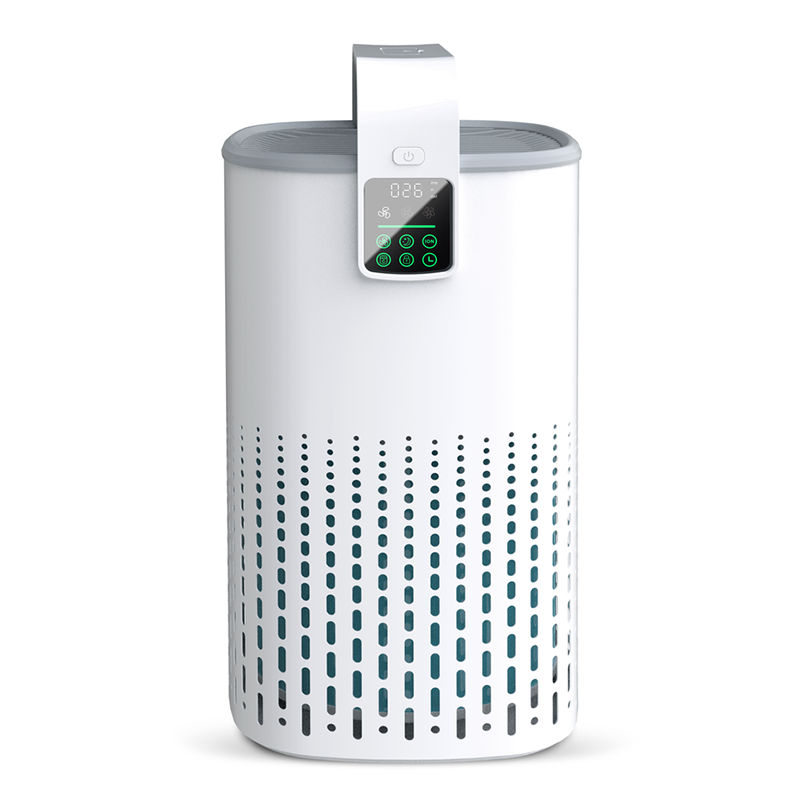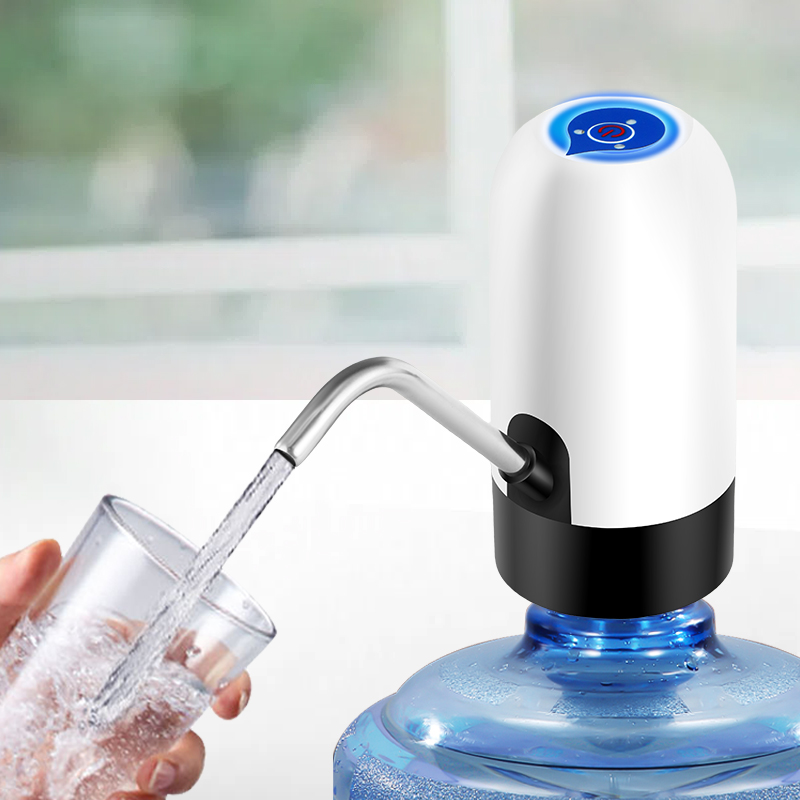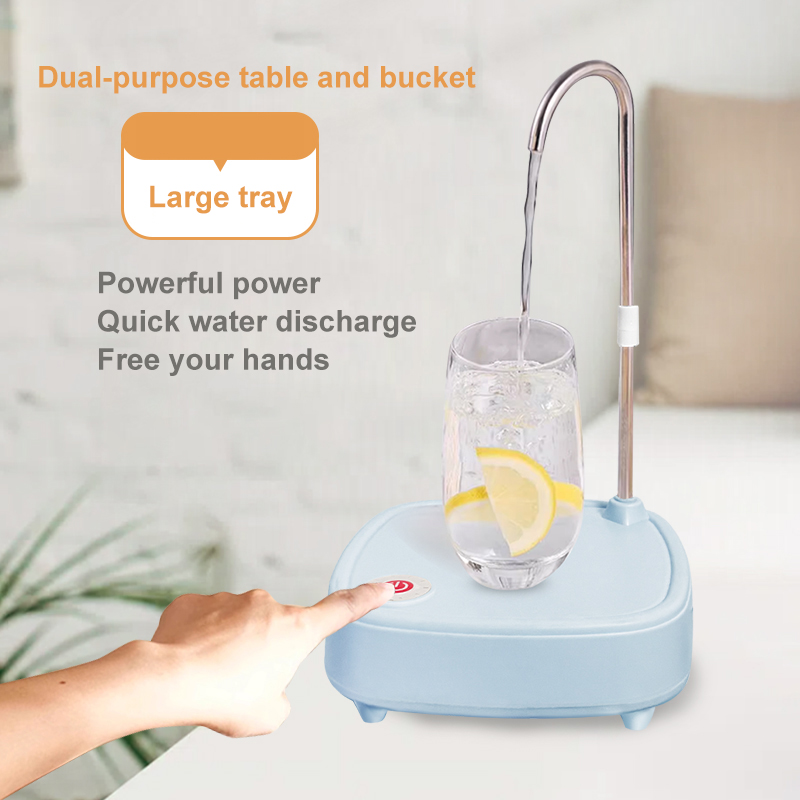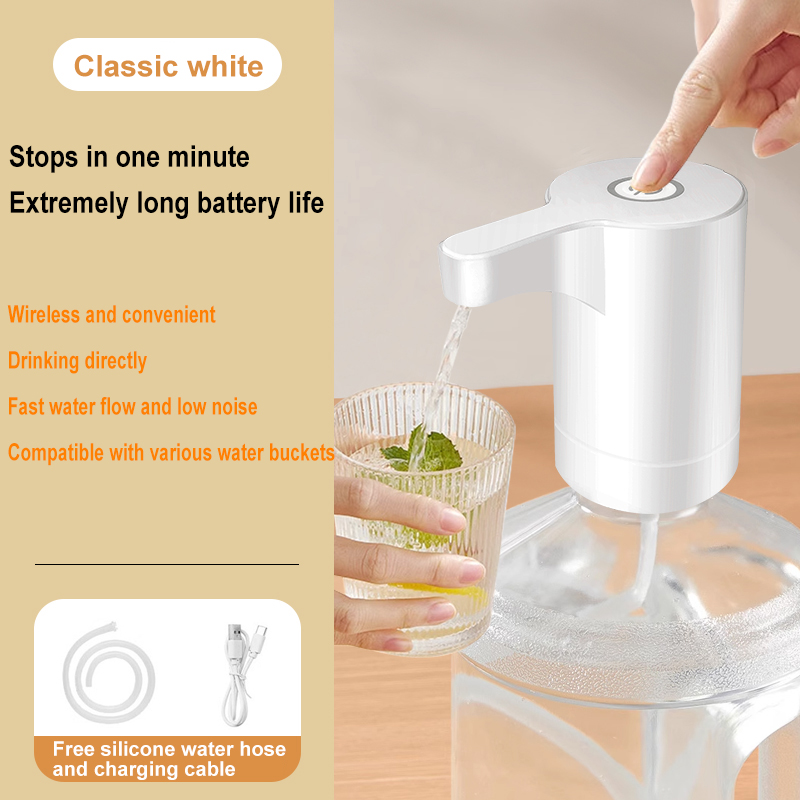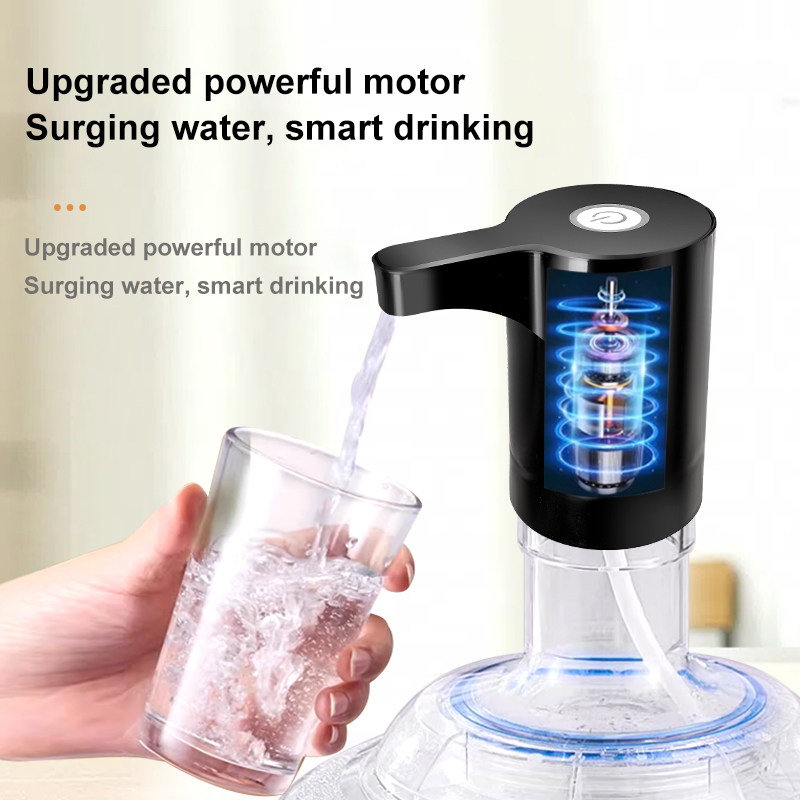Photocatalytic air purifiers achieve deep purification of harmful substances in the air through the synergistic effect of photocatalysts (such as nano-titanium dioxide) and ultraviolet light of a specific wavelength. When ultraviolet rays irradiate the surface of the catalyst, its internal electrons are excited and produce strong oxidizing free radicals (such as hydroxyl radicals), which can quickly react chemically with volatile organic compounds (VOCs) such as formaldehyde, benzene, and TVOC, decomposing them into harmless carbon dioxide and water. Compared with traditional physical adsorption purifiers, photocatalytic technology has the following advantages:
No secondary pollution: pollutants are completely decomposed rather than simply adsorbed, avoiding the risk of secondary release after saturation of materials such as activated carbon.
Long-term stability: The catalyst can remain active under continuous light, with a service life of up to several years and low maintenance costs.
Versatility: In addition to decomposing VOCs, it can also kill bacteria, viruses and mold in the air and inhibit the spread of allergens.
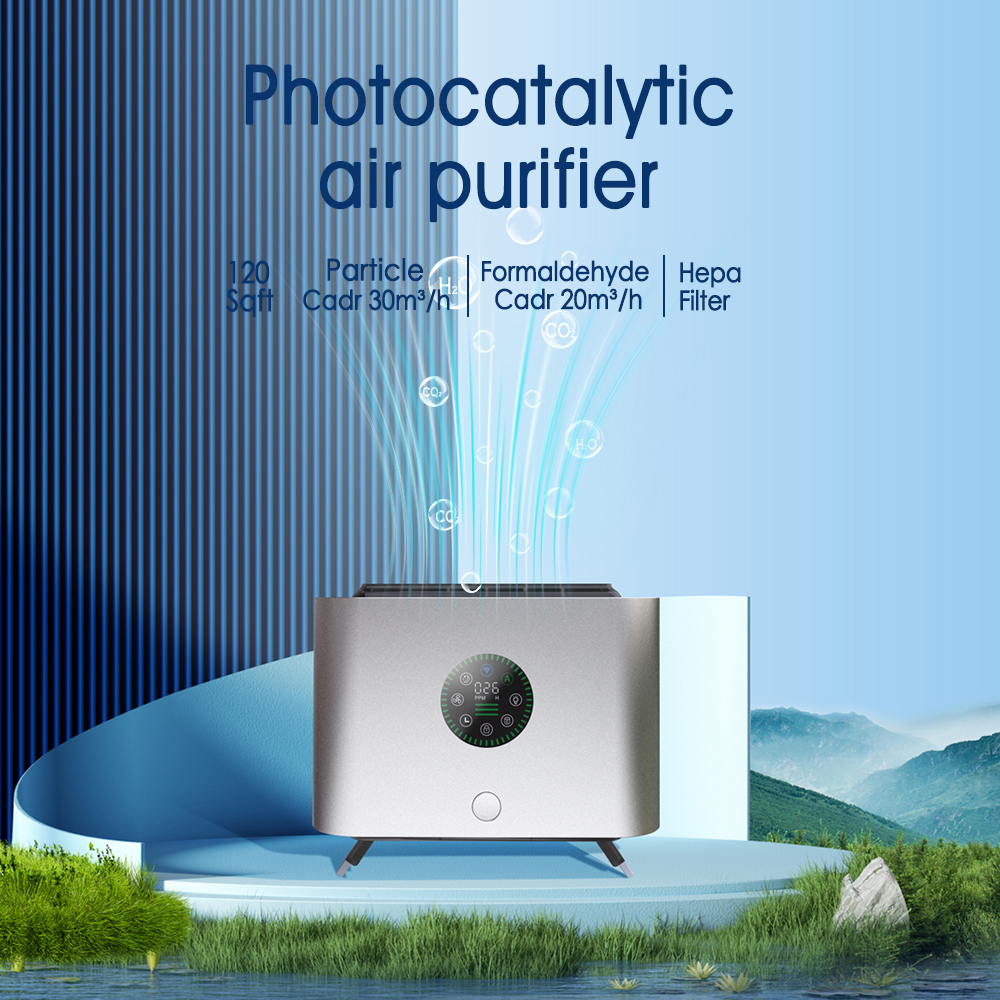
1. Health protection: Comprehensive response to indoor pollutants
Decomposition of formaldehyde and benzene series: The formaldehyde release cycle in newly renovated houses is as long as 3-15 years. Photocatalytic technology can reduce its concentration by more than 90%, significantly reducing the risk of respiratory diseases.
Inactivation of bacteria and viruses: By destroying the cell membrane and protein structure of microorganisms, the photocatalytic purifier can kill pathogens such as influenza virus A (H1N1) and Escherichia coli by up to 99.9%, which is suitable for high-risk places such as hospitals and schools.
Odor and allergen control: For odors such as pet hair, smoke, and mold, photocatalytic reactions can quickly decompose organic pollutants, while reducing the spread of allergens such as pollen and dust mites.
2. Application scenario expansion: Comprehensive coverage from home to public space
Maternal and child care and elderly care: Photocatalytic purifiers can effectively reduce indoor formaldehyde concentrations and protect the respiratory health of infants and young children; its sterilization function can reduce the risk of infection for the elderly.
Pet families: Photocatalytic technology can achieve rapid decomposition of ammonia produced by pet hair, odor and excrement to maintain fresh indoor air.
Medical institutions: Hospitals have adopted photocatalytic purifiers to purify the air while providing lighting, accelerating the healing of patients' wounds.
Transportation hubs: Photocatalytic devices are installed in the carriages of Japan's Shinkansen to effectively eliminate the odor in smoking rooms and improve the passenger experience.
Nursing homes and welfare facilities: Photocatalytic deodorization products can reduce the unique odor of nursing homes and improve the psychological state of residents and staff.
3. Technical advantages and market prospects
Efficient decomposition ability: Photocatalytic technology has a removal rate of more than 90% for pollutants such as formaldehyde and benzene, far exceeding the traditional activated carbon adsorption method.
Intelligent design: Some products are equipped with air quality sensors that can automatically adjust the wind speed and display the concentration of pollutants in real time to improve user experience.
Increased health awareness: As consumers pay more attention to indoor air quality, the market size of photocatalytic purifiers continues to grow.
Policy support: Many governments promote green building standards and require new residential buildings and public places to be equipped with high-efficiency air purification equipment, providing a broad market space for photocatalytic technology.
4. Future development direction: intelligence and multifunctionality
Intelligent upgrade: Combined with Internet of Things technology, remote monitoring, automatic mode switching and energy consumption optimization are realized to improve user convenience.
Compound function expansion: Integrate humidification, dehumidification, fragrance and other functions to meet users' diversified needs for a comfortable air environment.
Material innovation: Develop more efficient photocatalyst carriers (such as graphene composite materials) to improve the efficiency of photocatalytic reactions and reduce energy consumption.
Photocatalytic air purifiers have become an ideal choice for improving indoor air quality due to their efficient decomposition, long-term stability and multifunctionality. From home to public places, from health protection to environmental optimization, photocatalytic technology is reshaping the future of the air purification industry with innovation. With the continuous advancement of technology and the continuous growth of market demand, photocatalytic air purifiers are expected to become invisible guards to protect human respiratory health.


